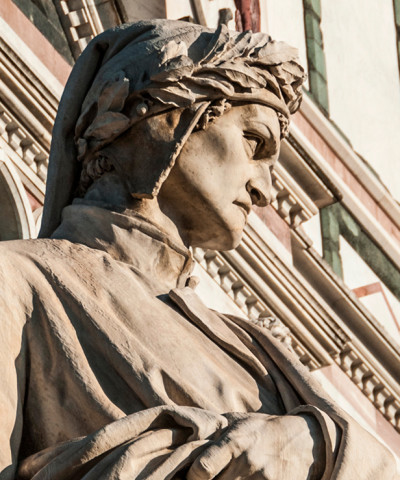The city dreamed
Discover all the most beautiful monuments in the beautiful village of Val d'Orcia
Pienza is a rare example of city planning in the Renaissance, the ‘ideal city’, the utopia of the latin civitas vainly pursued by people in ancient times. Until the 15th Century its name was Corsignano: it was a fortified village just a few kilometers from Montepulciano, directly overlooking thel Val d’Orcia, whose wonderful landscapes have remained unchanged. Located on the crest of a hill, it was once surrounded by fortified walls, with an extended shape and a main axis route. In the distance, we can see the via Francigena ahead on the other side of the valley.
 Pienza ph. Pasquale Paradiso
Pienza ph. Pasquale ParadisoAnd maybe Corsignano would still be a peaceful rural village, if Enea Silvio Piccolomini, the only son of noble Silvio Piccolomini, wasn’t born there (in 1405).
Banished from Siena after that a people’s revolt had deprived the noble families of their political power, the Piccolonimi family took refuge in a little property they had in the Val d’Orcia. When Enea was forty years old- after the busy, younger years mainly characterized by Roman palaces and papal embassies in Europe- he became priest, and he was 53 when he was made Pope Pius II. His election as pope aroused the expectations of the humanists of the time, but Pius II left an indelible mark not just as a humanist or because of his devotion (he canonized St. Catherine and tried to organize a crusade against the Turkish, though), but because he created the “Ideal City”, which reflected the dream of the nobles and the architects of the time and which had been represented in the “Ideal City”paintings by Piero della Francesca. And it was Corsignano, later renamed Pienza, what actualized the humanist aspirations to immortality. A few months after his election as Pope Pius II, Enea Piccolonimi arrived in Corsignano with his entourage (10 Cardinals and 60 Bishops).
 Pienza ph. Pasquale Paradiso
Pienza ph. Pasquale ParadisoHe commissioned architect Bernardo Gambarelli, known Bernardo Rossellino, to give life to his “Ideal City” of the Renaissance. The project was supposed to be carried out just in the main square, with the realization of the Cathedral, the Papal Palace, the Municipality’s seat and the Bishop’s Palace. At the beginning the estimated budget was 10,000 florins, and after four years of works (interrupted after the pope’s and the architect’s deaths) it had increased to 50,000 florins, because the project had been extended to the whole city, in order to turn its most important buildings on the main road into the residences of the Cardinals of the papal entourage and to give the city homogeneous architectonic features. Rossellino designed the square so that it would be tangent to the main city road, giving it a trapezoidal shape with the Cathedral on the base, the Piccolomini Palace on the right, the Bishop’s Palace on the left and the Pretorio Palace just opposite the road.
 Pienza ph. Pasquale Paradiso
Pienza ph. Pasquale ParadisoThe plan is in Renaissance style, emphasized by the herringbone brick paving edged with travertine. Today, Pienza is a sophisticated and elegant tourist destination. Beside its unique structure and architecture, it is appreciated also for its local products. Very famous are the local cold cuts and Pecorino cheese, a hard texture cheese made with ewe’s milk, rennet, salt and milk ferments. It is usually aged in oak barriques for at least 90 days.











